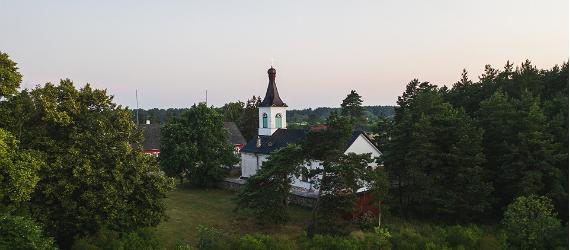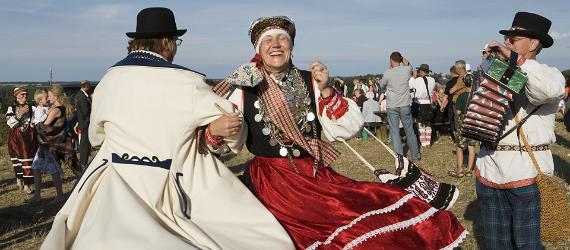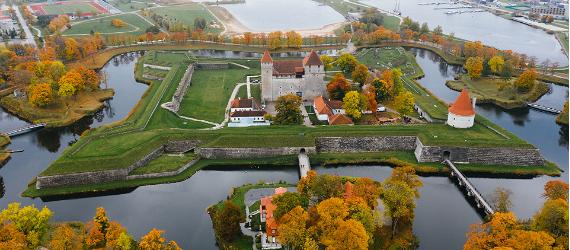Late autumn is the time when harvests are coming to an end, the weather cools and the days grow shorter. In Estonia, as in many northern countries, this time of year is associated with the visiting of departed souls and rituals for good luck. Halloween is one holiday during this period, but Estonia has its own local variations known as Mardipäev and Kadripäev.
Origins of Estonia's autumn holidays
The end of September until Christmas is a time in many countries when it is said that departed souls may visit the living. This period coincides with the end of harvests and agricultural activity as well as the darkest part of the year and the beginning of winter. It was believed that one had to please visiting souls to ensure protection for their crops, sheep, and cattle by not speaking or working on certain days, and most importantly, offering food to the departed souls.
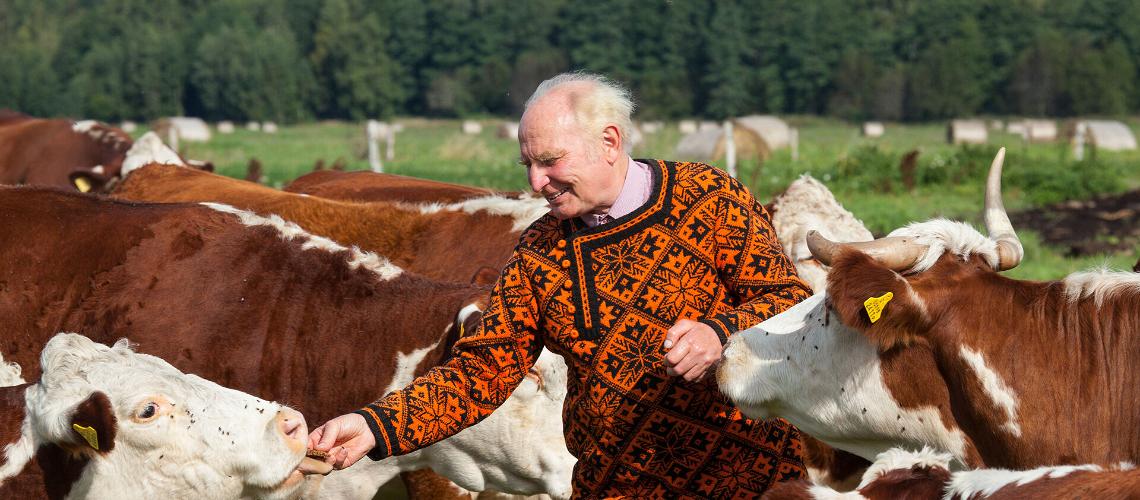
In the past, Estonia was largely an agricultural society, and families depended on their farms for sustenance.
Photo by: Lembit Michelson, Visit SaaremaaThe rural roots of Mardipäev and Kadripäev
In Estonia, there are two major holidays that occur in November - Martinmas (Mardipäev) on November 10th and St. Catherine's Day (Kadripäev) on November 25th. For both holidays, children traditionally visited houses around the village singing, telling riddles, and collecting sweets.
On Martinmas, children are led by a mardi-father, dressed in dark clothing. They form a procession and make plenty of noise by playing instruments or banging pots. Their arrival at each house was meant to bring good fortune for the harvest. The procession was followed by a village party where goose meat was served for further good luck.

In the old days, only the best foods were set out in rural households as offerings to visiting spirits.
Photo by: Johannes HoimojaKadripäev (St. Catherine's Day) has more of a focus on women and in the folk calendar, it marks the end of autumn and the beginning of winter. To celebrate, children are led by a kadri-mother and wear light-colored women's clothing. Kama, porridge, beans, and peas are eaten along with homemade beer on this day. Kadri, a common female name in Estonia, is also the guardian spirit of cattle, thus the holiday was meant to bring luck to cows and sheep through the winter. Connecting back to the role, it's traditional to leave sheep un-sheared in the days between Mardipäev and Kadripäev.
Contemporary customs in a modern society
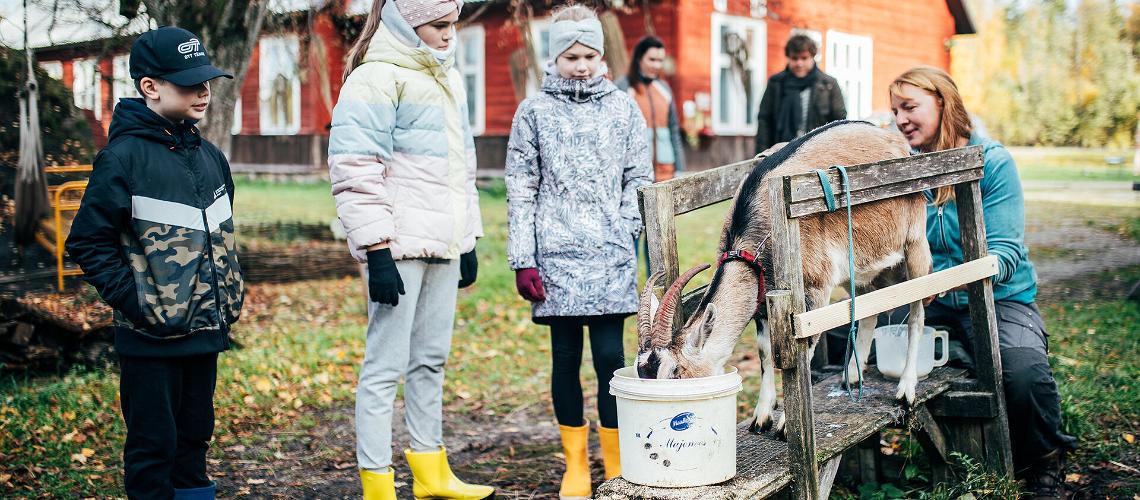
Most Estonian children no longer live on farms, but they have the opportunity to learn about the rural lifestyles of previous generations at places like Tipu Nature School.
Photo by: Siim Verner Teder, Visit ViljandiModern-day Estonia is no longer the agricultural society it once was, but Martinmas and St. Catherine's Day continue to be celebrated by young people, particularly in small towns and the countryside. School children still dress in dark colors on Martinmas and sing the mardilaul (Mart's song) to be let in at the door and wear light colors and sing the kadrilaul (Kadri's song) on St. Catherine's Day. Echoes of the traditional way of life, connected to the seasons and harvests, can still be seen this November.
To learn more about celebrating Estonia's two most important autumn holidays, visit the Open Air Museum in Tallinn. Only a twenty-minute bus ride from the city center, and you'll feel like you've landed in an earlier century. Farms and homes from different regions and different eras of Estonian history have been re-created on the grounds, and they typically put on special events for celebrating traditional Estonian holidays.
Sources: Folklore.ee and Eestikultuurist.ut.ee
















